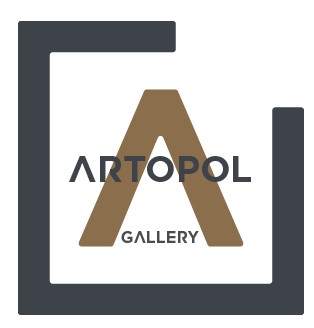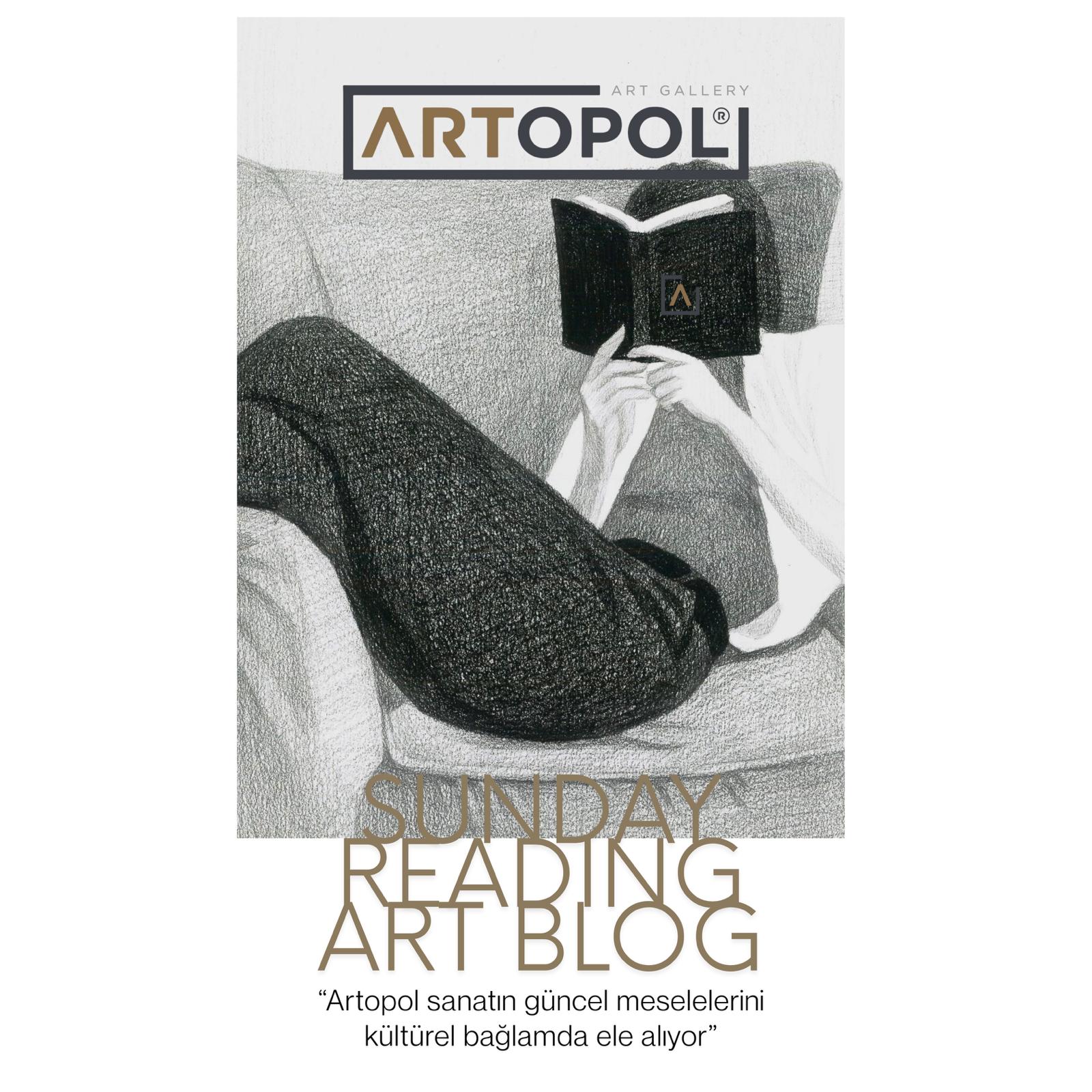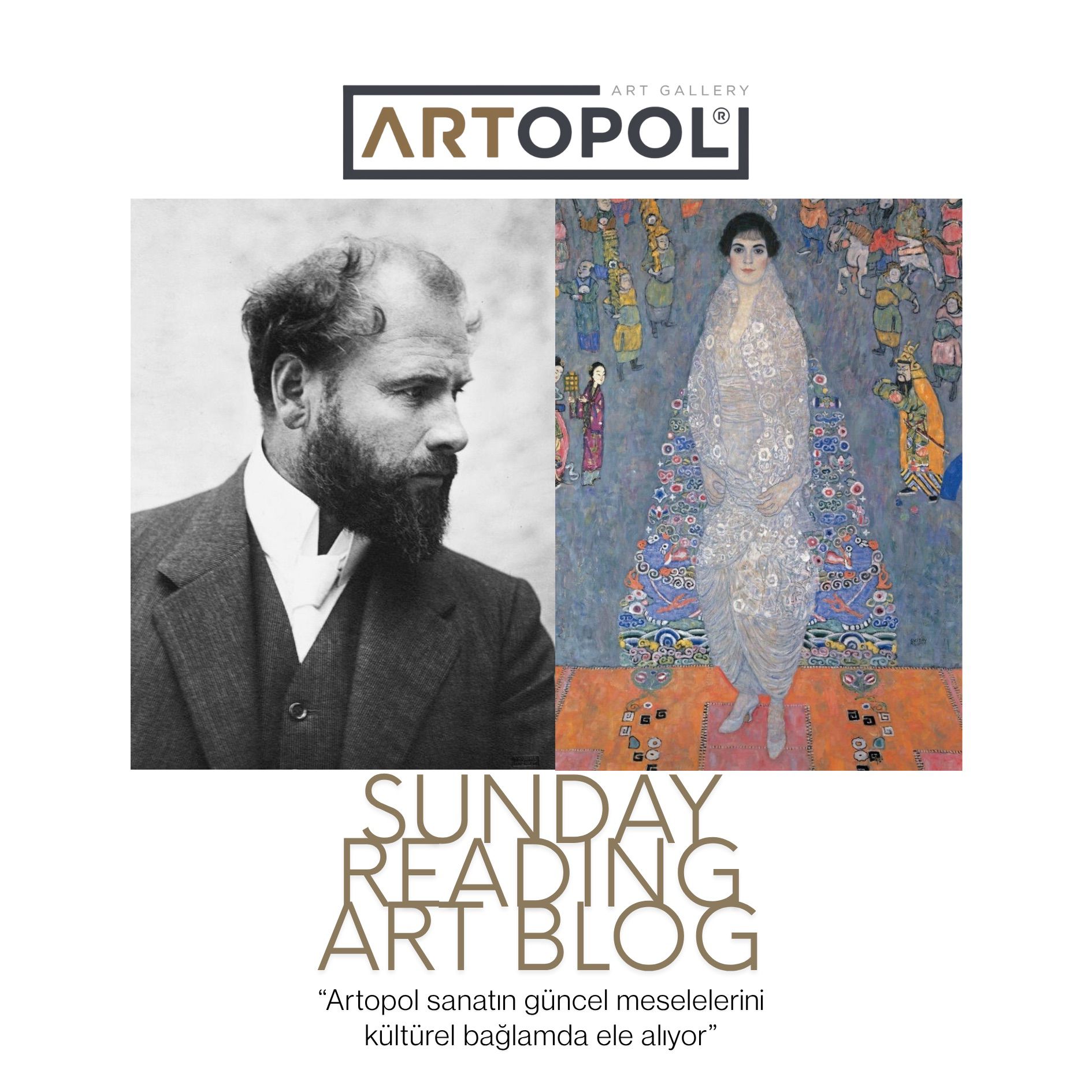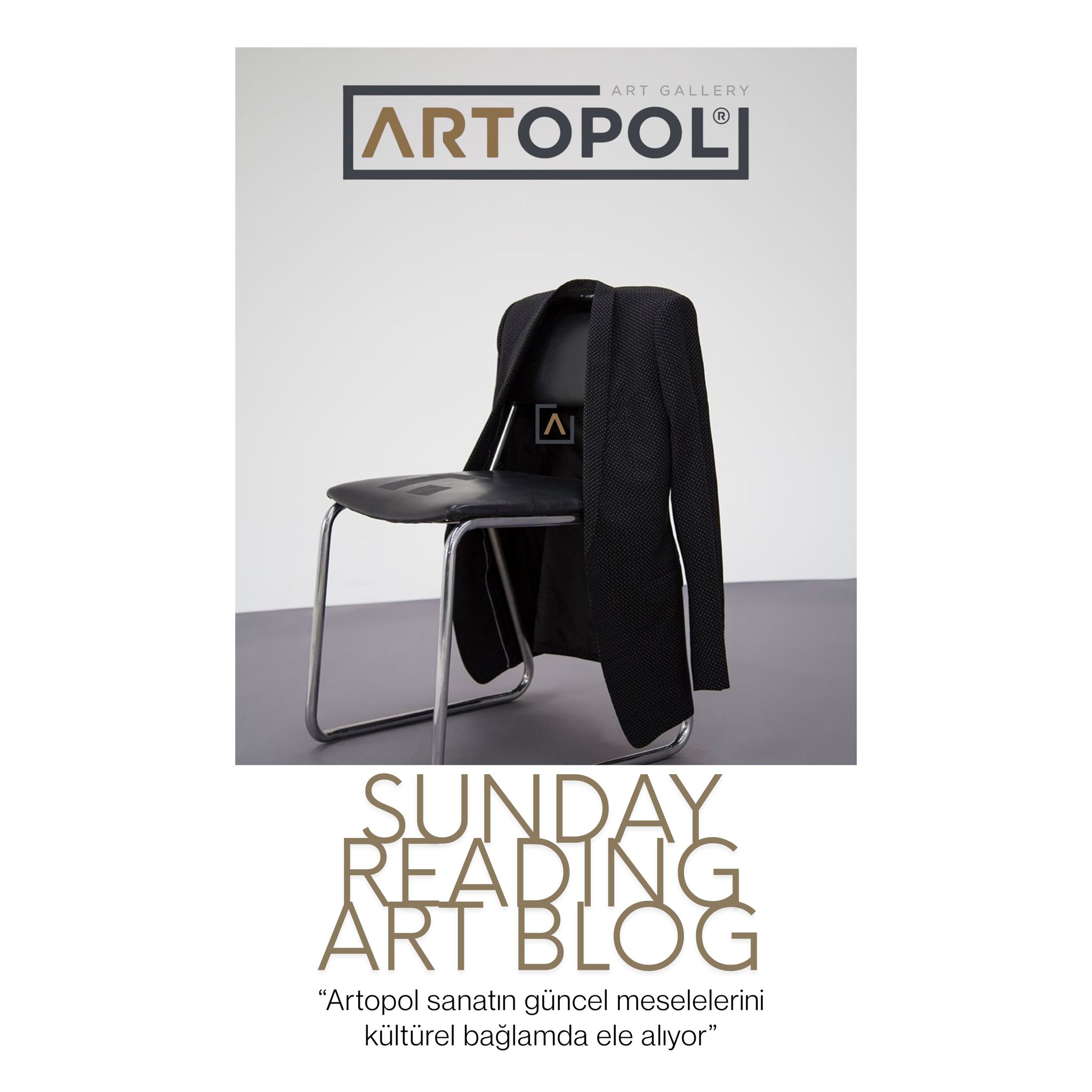In this article, we will explain what NFTs are, their purpose, and their evolving role in art galleries over time.
What is an NFT and What is it Used For?
NFT has recently become a topic of great interest. Known in English as a non-fungible token and in Turkish as “değiştirilemez token,” an NFT is a digital object that represents art and is stored within a blockchain as a data science entity. First introduced in 2017, NFTs also fall under the category of cryptocurrencies. After a period of stagnation following 2017, NFTs revived in 2020 and have since revitalized the digital market. Today, many people create NFTs for investment purposes.
What Types of NFTs Exist?
- Paintings
- Videos, GIFs
- Music
For the NFTs mentioned above to be exhibited, an art gallery is required. The most important role of NFTs in art galleries is to bring innovation to the concept of art through technology. Additionally, current sales trends encourage digital artists, allowing them to profit and develop a new model of art in a trusted platform. Art galleries also facilitate direct communication between buyers and artists. Artists retain copyright for their works and can easily present and sell them through these digital platforms. Questions often arise regarding how NFT prices are determined and by whom.
Collections created by artists are displayed worldwide in digital art galleries. The success and creativity demonstrated by artists enhance the impact of their works in this space. To support this development, Matthew Scorpio opened an art gallery combining NFTs and traditional art, which also stimulated market activity. These galleries can be physical, virtual, or both, and the artworks can be viewed in either format. The buying and selling of digital artworks have found a proper place in galleries, allowing NFT buyers and sellers from around the world to meet in one environment. Thus, with technological advancements, art has been taken to a new dimension. Digital artworks are provided through the infrastructure of blockchain as NFTs, preventing duplication, protecting artists’ rights, and increasing buyers. Consequently, the role of art galleries is crucial in promoting NFTs and the works of artists.
Advantages of Online Art Galleries
These digital galleries allow people worldwide to view and access artworks without geographical limitations. No matter where you are, you can explore and discover these works at any time, offering a truly digital experience.
Accessing and purchasing artworks on this digital platform is very easy. Similar to online shopping, filters are available, making it simple to find artworks by price range, artist, or type. Especially during the pandemic, online art galleries have brought art into the virtual space.
NFTs and Online Art Galleries
With the recent popularity of NFTs, online art galleries have gained a new digital asset. As computer technology has advanced, the sale of digital works has also increased. Thus, art, which has evolved over centuries, has adapted to this technology, finding new directions. This has given rise to a form of art. Crypto art, especially in recent months, has achieved record sales and even NFTs sold for millions of dollars. The presence of NFTs in art galleries is certainly noteworthy. In this context, it is fair to consider NFTs as art. Art now exists on code as well, and NFT art demonstrates this by evolving and reshaping our perception of art. To fully understand the value of digital art and cryptocurrencies, it is important to grasp the technology that NFTs bring. NFT sales are facilitated safely and efficiently. Many digital assets can be part of NFTs: digital artworks, videos, web pages, digital images, social media posts, and more. In short, almost anything that exists on a technological platform can become an NFT. This innovative approach allows many people to showcase their creativity and imagination. Online art galleries also provide general information about artists, such as birth dates and education. NFTs can be safely purchased in online galleries.
All works displayed on this digital platform are published through online art galleries. Artopol is one such gallery, offering a digital platform where art lovers can visit at any time. Here, the works of qualified artists are presented to all art enthusiasts. Pricing reflects the value that the artist deserves. This online gallery carefully determines prices, protecting the rights of both buyers and sellers, with the support of a professional team. Buyers can view and examine artworks and place orders safely. Orders are delivered efficiently and securely. Sales consultants are available on the platform to answer questions from 10:00 to 20:00. Artworks sold on this platform can also be exhibited in physical galleries. The originality of all works is guaranteed by Artopol, and sold artworks can be viewed on artopol.com for years to come.
Selling and Buying NFTs in Online Art Galleries
First, an NFT must be prepared and minted on a blockchain. Your digital artwork should be linked to the blockchain infrastructure of your choice. The most popular blockchain for NFTs is Ethereum. To mint the NFT, you can log in to the OpenSea platform, upload your file, and complete the process. After paying the Ethereum fee, the NFT becomes ready. Finally, you can list it for sale with the price you set. After the sale, the digital currency you earn can be transferred to your wallet on a cryptocurrency exchange (e.g., Binance), converted to local currency, and deposited into your bank account. This is how NFTs facilitate the creation and sale of digital works. To purchase an NFT, you must own Ethereum. When you buy an NFT, you acquire a unique digital artwork that no one else has. Ownership is automatically transferred to you, and because the data is embedded in the file, it cannot be replicated, ensuring security.
Artwork Pricing in Online Art Galleries
The price is determined by the artist based on their work, turning it into a form of commerce within the gallery.
Copyrights for NFTs in Online Art Galleries
When you purchase an artwork, copyright remains with the NFT creator. It cannot be copied, and ownership of the artwork is transferred to you. Only the artwork itself is conveyed to the buyer.



